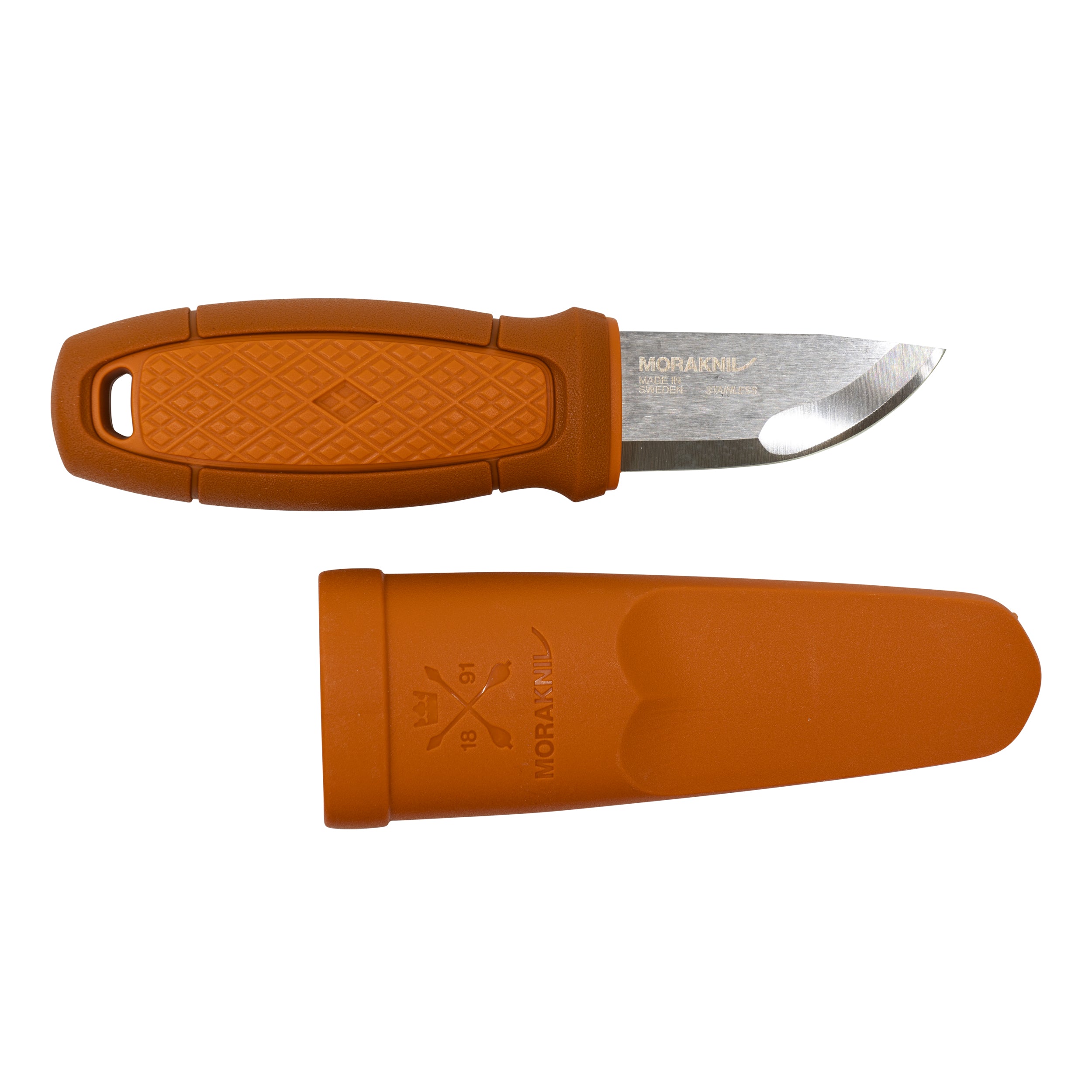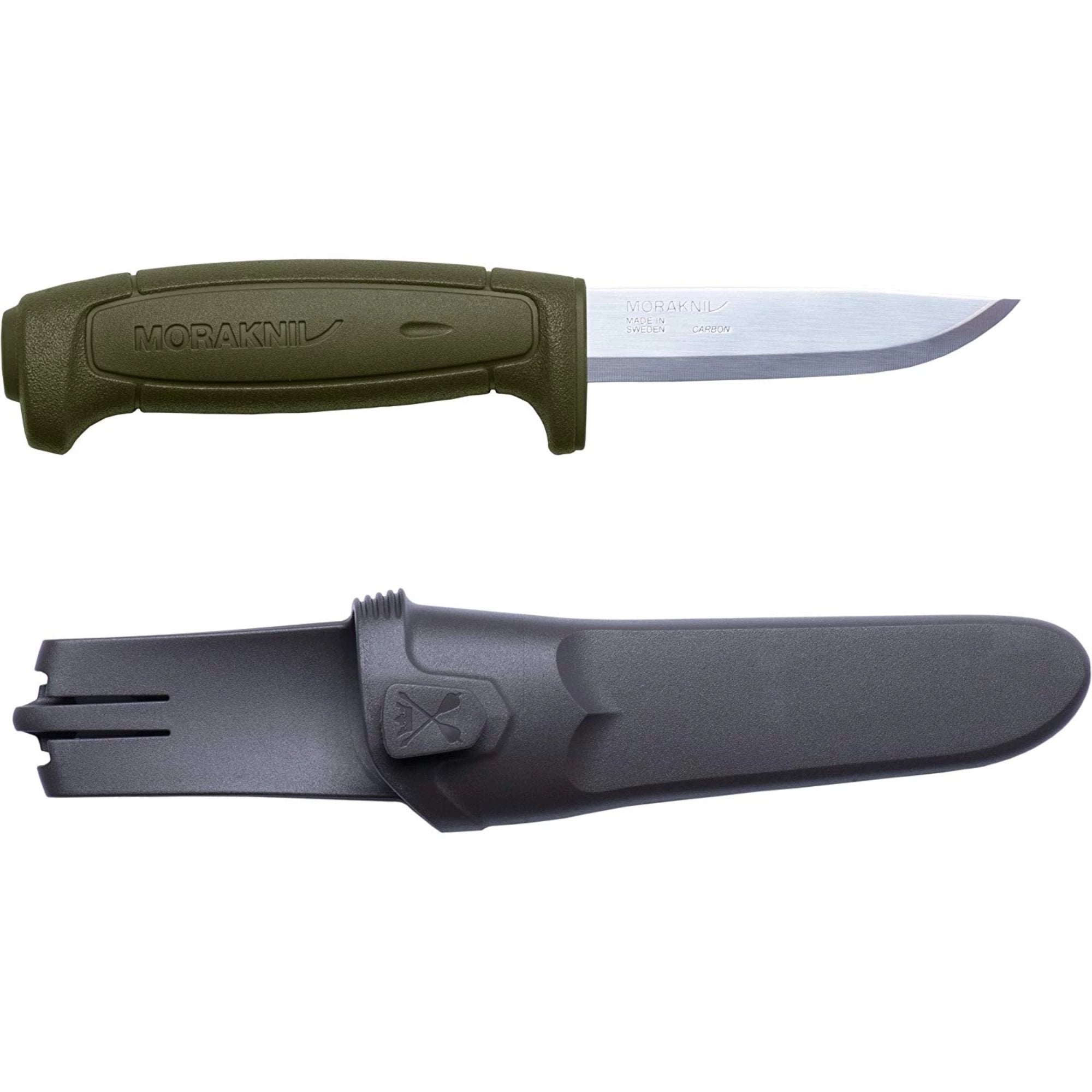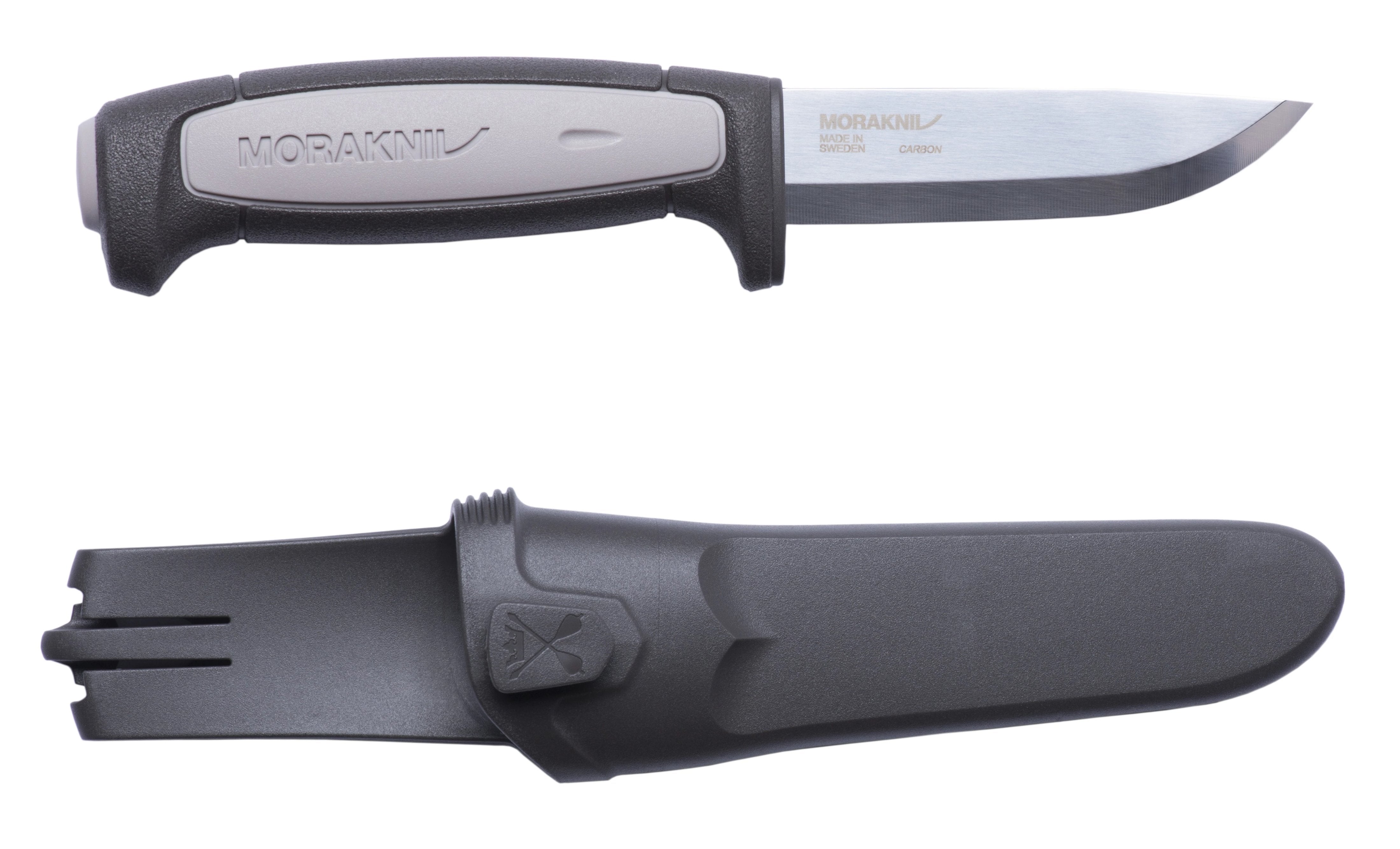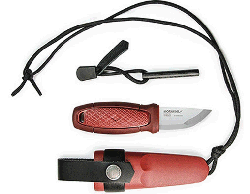How to Choose a Good Fishing Knife: A Comprehensive Guide for Anglers
Fishing is one of the most rewarding outdoor activities, offering relaxation, excitement, and the promise of a fresh catch. Whether you’re a weekend angler or a seasoned pro, having the right tools can make all the difference. Among these essential tools, a good fishing knife is a must-have. Whether you’re filleting fish, cutting lines, or preparing bait, a high-quality knife can improve your fishing experience and help you get the job done more efficiently.
But with so many options on the market, choosing the right fishing knife can feel overwhelming. In this guide, we’ll walk you through the factors to consider when selecting a fishing knife, including key features, types of knives, and some recommendations for the best fishing knives on the market.
Why a Good Fishing Knife Is Essential
Before we dive into the specifics of choosing a fishing knife, let’s first explore why a good knife is crucial for any angler.
1. Filleting Fish
If you plan on cleaning and filleting your catch, you need a knife that’s sharp, flexible, and precise. A proper fishing knife will help you separate the flesh from the bones easily without wasting meat or damaging the fillet. The flexibility of the blade is especially important for delicate fish like trout or walleye.
2. Cutting Line
Whether you’re cutting braided fishing line, monofilament, or leader line, a sharp knife makes the task much easier. Fishing knives with serrated edges or utility-style blades are excellent for line cutting.
3. Preparing Bait
A good fishing knife is also helpful for preparing bait, cutting up minnows or other baitfish, or even slicing through squid or other tough materials. A well-designed knife can help you prep your bait with precision, reducing frustration.
4. Safety
A dull or poorly designed fishing knife can be a safety hazard. When a knife is dull, it requires more force to cut through materials, increasing the risk of slips and accidental injuries. A sharp, ergonomically designed fishing knife improves safety by reducing the effort needed to make precise cuts.
Key Features to Consider When Choosing a Fishing Knife
When selecting a fishing knife, you need to think about the tasks you’ll be using it for, the environment in which you’ll be using it, and your personal preferences. Let’s break down the key features to consider:
1. Blade Material
The blade material is one of the most important factors in choosing a good fishing knife. It directly affects the knife’s durability, sharpness, and resistance to rust and corrosion.
- Stainless Steel: This is the most common material for fishing knives. Stainless steel is corrosion-resistant, making it an excellent choice for knives used in wet environments like on boats or near water. High-quality stainless steel blades maintain their sharpness and are relatively easy to sharpen.
- Carbon Steel: Carbon steel is known for its ability to hold an edge for longer than stainless steel. However, it is more prone to rust and corrosion, so it requires more maintenance. Carbon steel knives are ideal for those who are willing to regularly clean and oil their knife to keep it in good condition.
2. Blade Length
The length of the blade depends on your primary fishing activities and the type of fish you usually catch. Different tasks—such as filleting, cutting, or bait preparation—require different blade lengths:
- 6 to 7 inches: This is the most common length for fillet knives. It provides a good balance between flexibility and control, making it ideal for cleaning medium to large fish like bass, trout, or salmon.
- 8 to 9 inches: For larger fish like pike or tuna, a longer blade will help you make clean cuts and fillet more effectively. The extra length provides better reach when working with big fish.
- 4 to 5 inches: If you primarily use your knife for cutting line or preparing bait, a smaller, more compact knife may be better suited. A shorter blade is easier to maneuver and control.
3. Blade Shape
Fishing knives come in a variety of blade shapes, and the shape you choose depends on how you intend to use the knife:
- Fillet Knife: A flexible blade with a tapered point that allows you to cut through fish bones easily. Fillet knives are ideal for removing skin and bones from fish fillets. The flexible design is important for working with delicate fish.
- Utility Knife: These are multipurpose knives that work well for cutting lines, preparing bait, and other general tasks. They usually have a sturdy, straight-edged blade with a bit of curve.
- Serrated Knife: Serrated edges are particularly effective for cutting through tough materials like rope, fishing line, or even hard bait like squid. If you often find yourself needing to cut through braided line or heavy-duty fishing ropes, a serrated knife can be a great addition.
4. Blade Flexibility
When it comes to fishing knives, flexibility can make a huge difference. A flexible blade allows you to make smooth, precise cuts along the contours of a fish, which is essential when filleting. A stiff blade, while good for cutting through tougher materials, isn’t ideal for filleting delicate fish.
For filleting, a flexible blade is preferable because it allows you to navigate around bones and ribs more easily, providing cleaner and more efficient cuts. A stiff blade, on the other hand, is better for cutting tougher materials like line or rope.
5. Handle Design
The handle of the knife is just as important as the blade. You’ll be holding it for extended periods, so comfort and grip are essential for reducing fatigue and improving control.
- Ergonomics: The handle should fit comfortably in your hand, with contours that match the natural curve of your grip. Look for handles that provide a secure grip, especially if you plan to use the knife in wet conditions.
- Material: Handles come in a variety of materials, such as wood, plastic, rubber, and synthetic composites. Rubber and synthetic handles are often more slip-resistant, making them safer for use in wet or slimy conditions. Wood handles, while aesthetically pleasing, can be more prone to damage from water exposure.
- Non-slip Grip: If you’ll be using the knife on a boat or near water, it’s important to look for a handle with a non-slip grip. A textured or rubberized handle will provide better control, even when your hands are wet or slimy.
6. Corrosion Resistance
Fishing knives are often exposed to water, particularly saltwater, which can quickly corrode a blade. As such, corrosion resistance is critical. Stainless steel, titanium, and specially treated carbon steel blades are generally more resistant to rust, but you should always rinse and dry your knife after use, especially in saltwater.
For saltwater anglers, look for knives that have been coated with anti-corrosive materials or treated to withstand harsh conditions. Some fishing knives come with a **non-stick coating** or are made from **high-grade stainless steel** specifically designed for use in marine environments.
7. Portability and Sheath
Lastly, consider how you will carry your knife. A sheath is necessary for both safety and convenience. It protects the blade, keeps it easily accessible, and prevents accidents.
- Sheath Material: Sheaths can be made from leather, nylon, or plastic. Leather is durable but can wear over time. Nylon is lightweight and water-resistant, making it a good option for humid or wet conditions. Plastic sheaths are durable and often feature additional compartments for storage.
- Sheath Design: Look for a sheath that has a secure, easy-to-use locking mechanism so the knife doesn’t slip out during transport. Some sheaths come with belt loops or clips, which makes them convenient for hands-free carrying.
Types of Fishing Knives
There are different types of knives for different tasks when fishing. Below are a few common types of fishing knives:
1. Fillet Knife
The fillet knife is designed for precisely separating fish flesh from the bones. It typically has a long, thin, flexible blade that allows you to glide along the fish bones easily without wasting any meat. The blade is often curved, which provides better control when working around the delicate parts of the fish. If you plan to clean and prepare fish regularly, a fillet knife is a must-have.
2. Utility Knife
A utility knife is a more general-purpose tool, great for cutting bait, fishing line, and even rope. The blade is typically more rigid than a fillet knife and often has a straight or slightly curved edge. While it may not be as flexible as a fillet knife, it is better for heavier tasks.
3. Serrated Knife
A serrated knife is great for cutting through tougher materials like braided fishing line, netting, or rope. The serrated edge helps you slice through dense materials without much effort. If you frequently fish with braided lines or deal with heavy-duty ropes, a serrated knife can be a valuable addition to your gear.
4. Multi-Tool Knives
Some anglers prefer multi-tools, which often come with various blades, including small fillet knives, line cutters, and even scissors for cutting bait. These are handy when you need versatility but don’t want to carry multiple knives.
Top Fishing Knife Recommendations
If you’re looking for some recommendations, here are a few highly rated fishing knives that have proven to be popular among anglers:
1. Roselli Fish Knife: A well-known name in fishing, Roselli fillet knives are praised for their sharpness, and flexibility for a Ultra High Carbon Steel . They come in a small or Large size, making them ideal for everything from trout to large saltwater fish.
2. Helle Fillet Knife: This knife is known for its non-slip grip and high-quality stainless steel. It offers some flexibility for filleting fish and has a durable sheath for protection.
3. Mora Fillet Knife: A versatile option, this knife has a sharp, flexible blade made of high-carbon stainless steel. The ergonomic Poly handle offers excellent grip, even in wet conditions.
4. Wood Jewel Fillet Knife: Designed with looks in mind! These have always been great sellers at a decent price point that most in the market can afford.
Final Thoughts
Choosing the right fishing knife can greatly improve your angling experience. Whether you’re filleting fish, preparing bait, or cutting through tough fishing lines, the right knife will make the job easier and safer. Consider the blade material, handle design, flexibility, and your specific needs when selecting your knife. With the right fishing knife in hand, you’ll be ready to tackle whatever your fishing adventure throws your way!


















